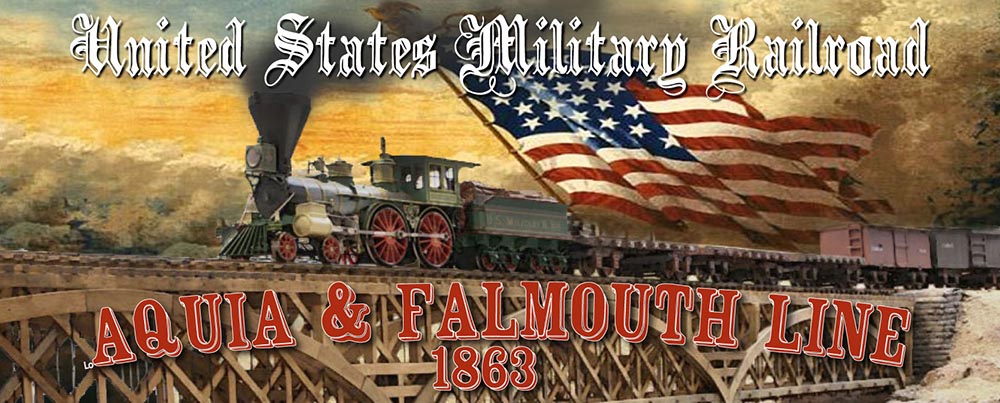| The Lee-Brooke Railway Gun. The LoC has a high resolution copy of this image. |
Since I don't have enough to do, I added some more projects to my do list. The first is a model of the Lee-Brooke Railway Gun in 1:32 scale to match the Dictator mortar model I had made previously. These two models will be on display at the B&O Railroad Museum next year. The Dictator is done, but the Lee-Brooke Gun has to be finished in a few weeks.
I plan to document the Lee-Brooke Gun construction in more detail in my book, but I posted some in-progress shots here. This is a tricky project as only two photos exist of this gun and many details are not visible. Dr Dave Schneider, of SMR Trains, did a good job of researching the gun and some of its construction details, but there are still many unanswered questions.
I was able to get good measurements of an existing rifled and banded Brooke 32 pound 57 cwt cannon at the Navy Yard in Washington. I machined the model gun from brass rods. The main tube, trunnions and knob are separate pieces. Being brass they were easy to solder using my torch.
Using the gun dimensions and the rail gauge visible in the photo, I was able to scale most of the other dimensions of the model from the photos.
 |
| Brass cannon |
I machined axles out of iron rods. The trucks are laser cut wood and plastic. I used photo etched brake parts from my O scale cars to fabricate the brakes for the rear truck.
 |
| Trucks and frame before decking. |
I decided to make all the wheels on pivoting trucks based on the truss rod patterns on the side frames. They indicated to me that the front truck was similar to the rear two trucks. It is moot since in normal viewing, you really can't see the trucks. I also added the truss rods on the frame even though they are not visible from above.
The gun carriage was really a dilemma, as I could find no other cannon with a carriage like this one. It looks to me that they took a seacoast casement carriage from a fortress and modified it to fit. It appears to be a cross between the casement carriage (Plate 10 US Army Ordnance manual) and the carriage for flank casements (Plate 11 US Ordnance manual). But many of the visible details don't match either of those guns. The number of steps on the side walls, the screw elevation and the type of gun are different. The Plate 10 carriage is close but there is no tongue on this gun, and the wheel tracks on the rails are different. In fact, the wheel tracks are not visible in the Lee-Brooke Railway Gun photo, but I assumed they are there and hidden by the view angle of the photo.
| Gun and carriage sitting on chassis. The casement is started. |
Given the dearth of information, any suggestions would be appreciated.



Wow! Lookin' good man!
ReplyDeleteBernie, starting to get concerned over your lack of postings since 30 October, hope all is well.
ReplyDeleteThanks for the note. We were out of town last week helping my sister-in-law move to Phoenix. When I got back, my real job got very busy, so there hasn't been much time for hobbies. However, this weekend, we are having a work session on the Road Show so hopefully there will be new stuff to post asap.
ReplyDeleteBernie- what a great project. I like big guns! Your turning is fabulous. Nice to see the wheels worked out. Also am glad to hear you faired well in Sandy. Have several friends, clients I have not heard from. Vicki's cousins in NJ have been without power 2 weeks now. Guess there is a bad storm blowing to boot! Hoping for the best for everyone.
ReplyDeleteDerrell